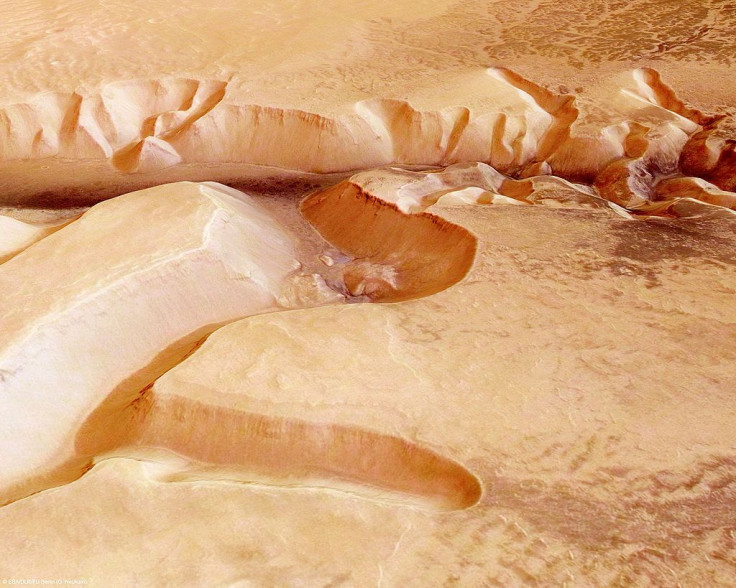Mars Could Have Been Covered By Massive Rivers Far Longer Than Scientists Thought

A new analysis of Mars’ surface features reveals that the Red Planet may have been covered by vast waters far longer than what scientists initially believed.
According to a recent study published in Science Advances, planet Mars used to be flowing in water which passed through deep valleys, lakes and rivers. Scientists believed that this wet and warm era on the Red Planet only spanned a short period of time, but based on research there’s a big chance that these rivers could have existed much longer than that.
The study pointed out that the water channels were actually wider than those found on Earth and that water rushed through Mars between 3.4 and 2 billion years ago. The timeline does not fit the initial date when scientists thought that water has started disappearing on the Martian surface.
“The traditional story of Mars’s climate history is that it used to be warm and wet, and now it’s cold and dry. But the evidence suggests that Mars’s climate evolution is more complicated than that,” Kathryn Steakley from NASA's Mars Climate Modeling Center commented on the study.
The idea of water existing on planet Mars far longer than what was initially suggested further boosts the suggestion that there is indeed life on Mars. What’s more, these organisms could have been living for millions of years and if it can be proven that water remains beneath Mars’ surface, then they could be living even up to now.
This part of the study is not the sole focus, however. The team of scientists who conducted the research is now trying to decipher how that amount of water could have existed during those times.
“It actually makes the problem of what’s allowed early Mars to be warm and wet—which is already a difficult problem—more difficult,” Edwin Kite, a planetary scientist at the University of Chicago who authored the study, said.
Scientists believe that the planet’s current atmosphere is too weak to trap heat which resulted in the dry and cold state it is in now. This means that during the time when water still existed, the conclusion would be is that the atmosphere was much thicker back then.
However, this theory poses a problem as the Sun is considered to be 20 to 30 percent weaker compared to today so it couldn’t generate the much-needed heat to trigger condensation in the planet. This led scientists to believe that Mars could have ancient volcanoes that pumped greenhouse gases to cover the Martian atmosphere and trap heat to create condensation.
However, this theory sets back scientists when it comes to earlier timelines. Kite and his team recognized that there is a need for better estimates when it comes to channel depth and the size of channel sediments. They will need this data to have a more precise figure on how much water actually flowed through Mars and how long these bodies of water existed on the surface of the Red Planet.
© Copyright IBTimes 2024. All rights reserved.





















